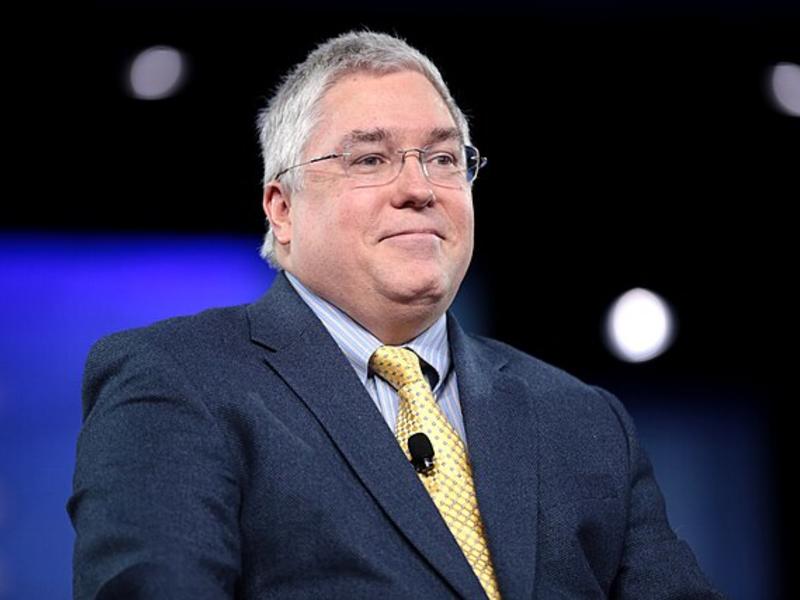
[This article was first published by National Journal, prior to Tuesday's gubernatorial elections]
As soon as the polls close and votes are counted in Virginia on Tuesday, the midterm election campaign will really begin. While there is another governor’s race on the Nov. 2 ballot, a non-competitive one in New Jersey, and hundreds of municipal offices and ballot initiatives to be decided, nothing else comes close to Virginia in terms of national import. With no special elections in competitive congressional districts this year, the usual canary in the political coal mine, the Virginia race could either corroborate or discount public-opinion polls suggesting that President Biden and his Democratic majorities in the House and Senate are in deep trouble.
Polling shows the contest neck and neck between Terry McAuliffe, the Democrat seeking to return to the job that he won in 2013, and first-time candidate Glenn Youngkin, a Republican former private-equity executive. As this column reported two months ago, long before most people noticed, this race has been very, very close.
Why? Republican voters these days are highly motivated, Democrats not so much, and Biden’s popularity among independents has tanked. While McAuliffe made one major misstep in a debate about parents having a say about what is taught in schools, the race was dead-even long before that remark. Most polling in recent weeks has shown the contest effectively tied, usually within the margin of error. Even if McAuliffe manages to win, it will be by the narrowest of margins.
For Democrats in Virginia, that is an ominous sign. That the voting electorate in Virginia has moved toward Democrats in the last decade and a half is unmistakable. In 2012, Barack Obama prevailed by 3.9 percentage points over Mitt Romney. Four years later, Hillary Clinton ran 5.3 percentage points ahead of Donald Trump. And last year, Biden beat Trump by 10.1 points.
The last Republican to carry Virginia in a presidential race was George W. Bush in 2004. The late John Warner was the last Republican to win a U.S. Senate race, all the way back in 2002. Four years ago, Republicans lost their majorities in both the state Senate and House of Delegates.
The last time Republicans won either the lieutenant-governor or attorney-general’s race was in 2009, when Bill Bolling and Ken Cuccinelli both won. Those offices are at stake again this week—and they’re critical in Virginia, as they amount to a feeder system for the governorship. Virginia is the only state that does not allow governors to serve consecutive terms, so all of its gubernatorial contests are open-seat races. Nine of its last 12 governors previously served as either lieutenant governor or attorney general. (The three exceptions were two wealthy business people—Mark Warner and McAuliffe—and George Allen, who had served in the U.S. House and shared a name with his father, the legendary coach of what is now the Washington Football Team).
Also on the line is Democratic control of the House of Delegates, currently split 55-45, Democrats having won the chamber two years ago for the first time since 1999. Thankfully for Democrats, the Senate, which they hold 21-19, is not up for two more years.
If Democrats lose all three constitutional offices, as well as control of the legislature’s lower chamber, it will fuel the budding narrative that Biden and his party are in deep trouble heading into the midterms.
With the midterms a year out, a flood of new national polls have shown awful numbers for Biden. His current Gallup approval rating of 42 percent is lower than any previous president in the post-World War II period at this point in their tenures except for Donald Trump (37 percent). With both Democrats and Republicans voting almost monolithically in favor of their own party’s candidates, independents have taken on even more importance than in the past. And Biden’s 34 percent approval rating among that group trails Trump’s rating at this juncture by a statistically insignificant 1 point. Biden’s 4 percent approval rating among Republicans is actually lower now than Trump’s 5 percent among Democrats at this point.
Other polls worth studying include those from NBC News by Public Opinion Strategies (R) and Hart Research (D), NPR and PBS by Marist College, Fox News, Quinnipiac University, Grinnell College by Des Moines-based Ann Selzer, and the Georgetown University Institute for Politics and Public Service Battleground Poll by the bipartisan team of The Tarrance Group (R) and Lake Research Partners (D).
Pay special attention to the polls that measure intensity, not just approval. Surveys with substantially higher “strong” disapprovals than “strong” approvals are particularly worrisome for any elected official. Across the board, Biden’s are. When those intensely negative attitudes begin to harden, they are very hard to dislodge.
There have been a large number of prominent and longtime Democratic House members retiring in recent months. While most are from pretty safe Democratic districts, their retirement decisions are a reflection of an increased pessimism about their party’s chances of holding onto their House majority, and therefore, their committee and subcommittee chairmanships, besides the simple fact that being in the minority party in the House is no fun at all.










Subscribe Today
Our subscribers have first access to individual race pages for each House, Senate and Governors race, which will include race ratings (each race is rated on a seven-point scale) and a narrative analysis pertaining to that race.